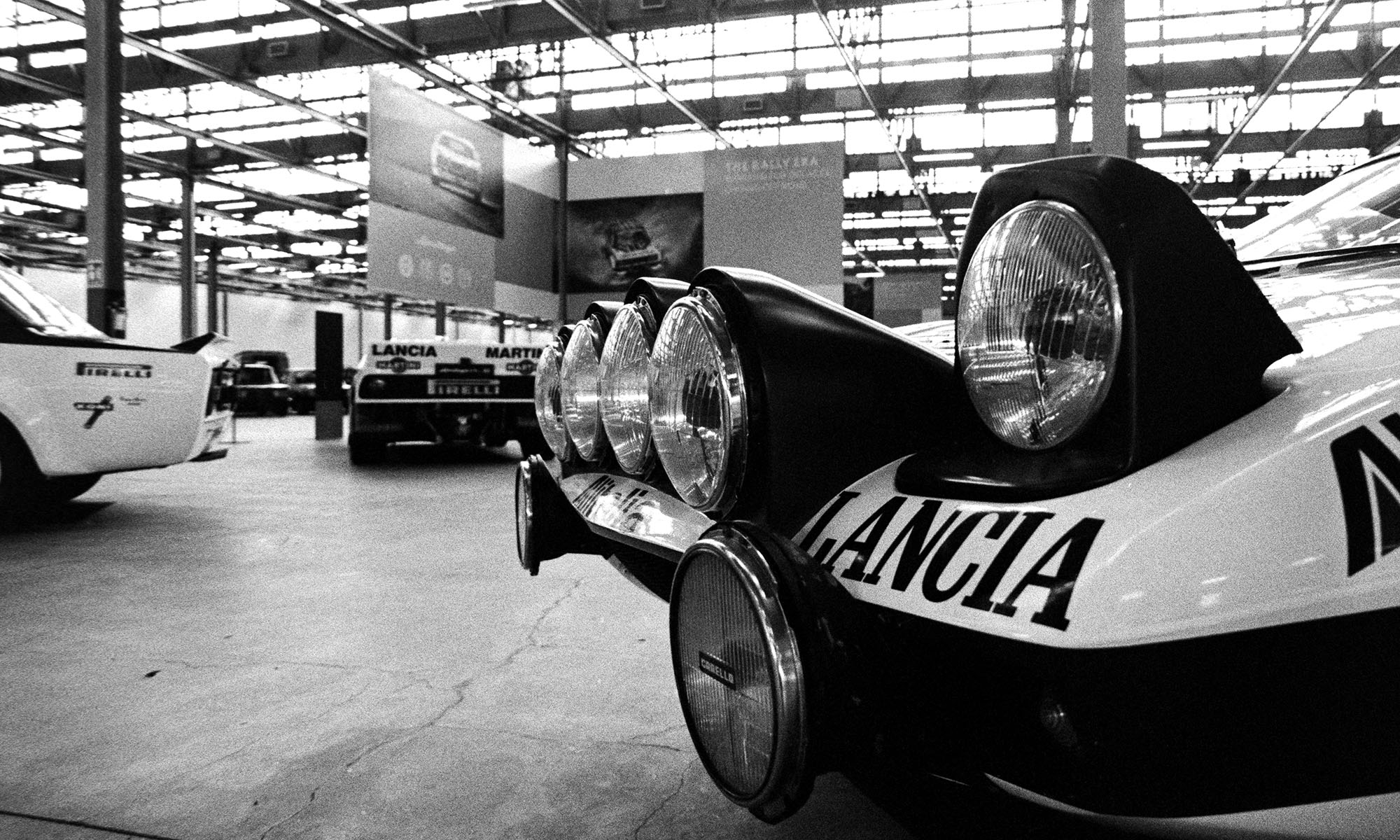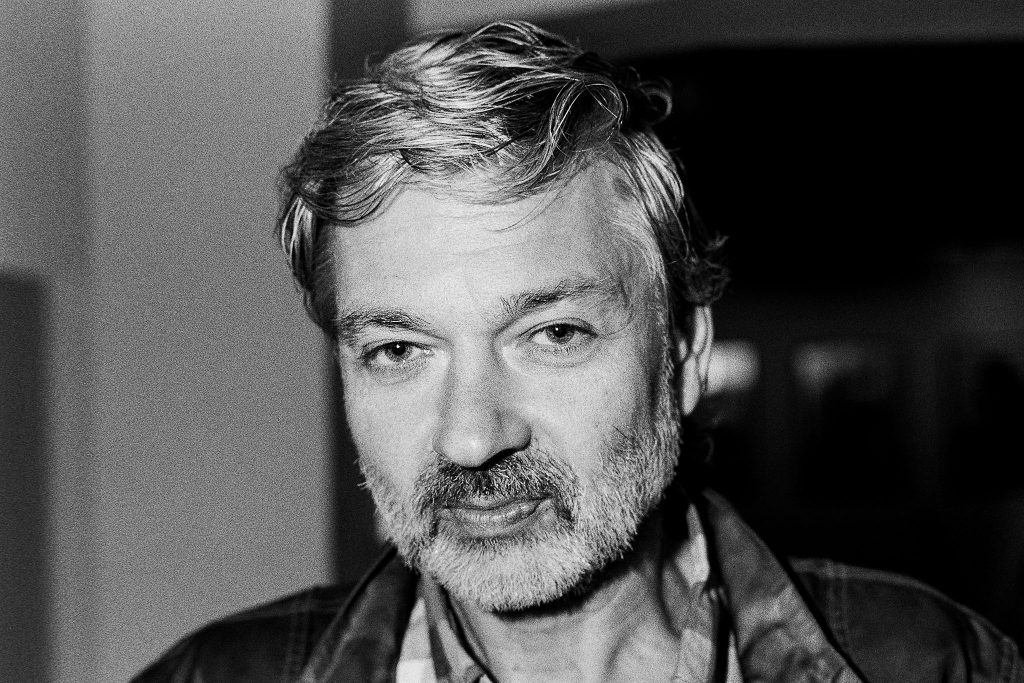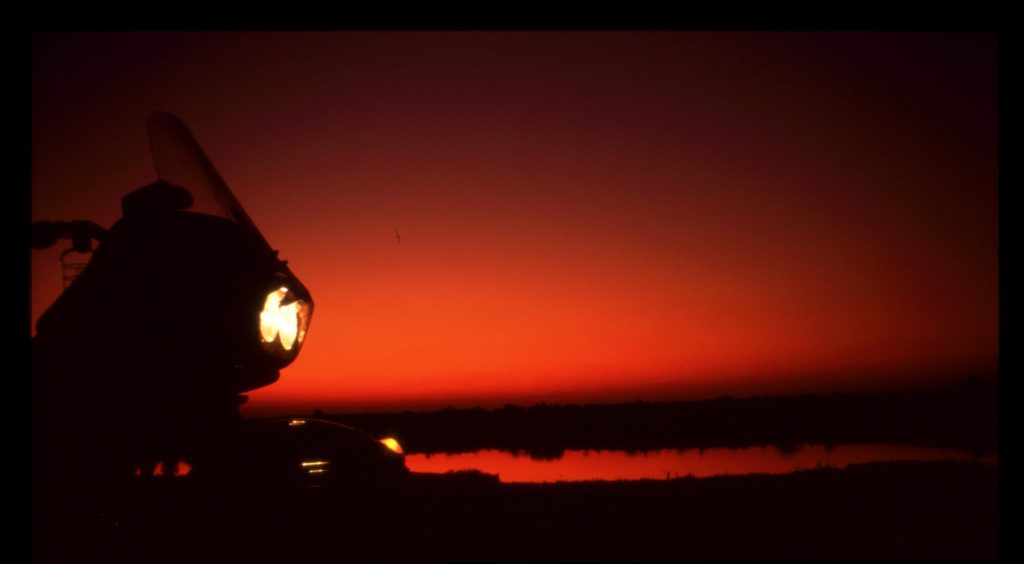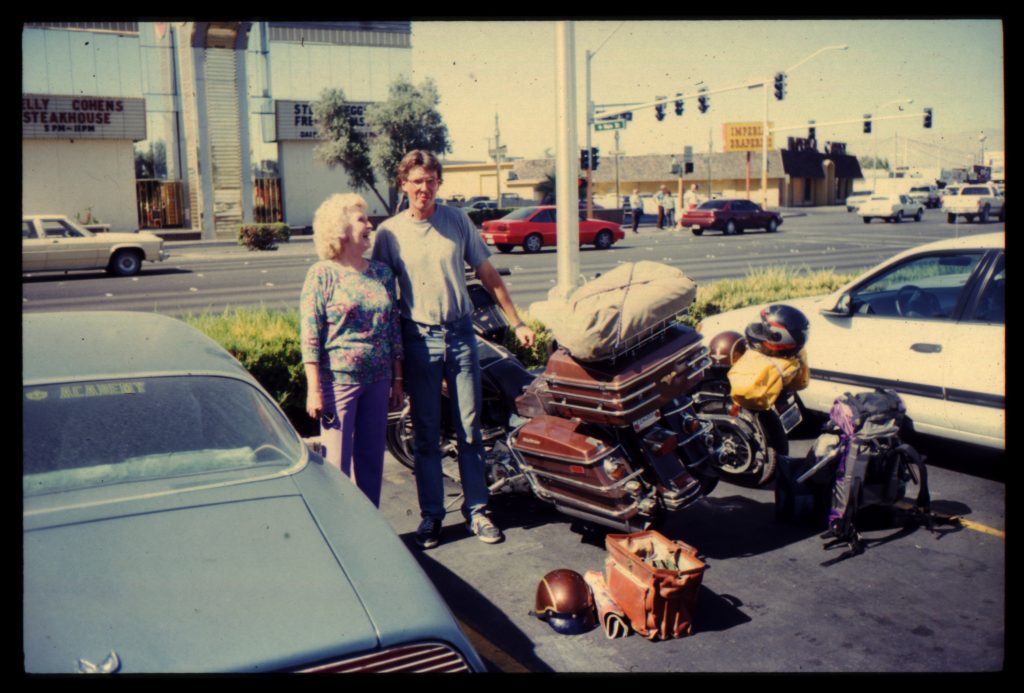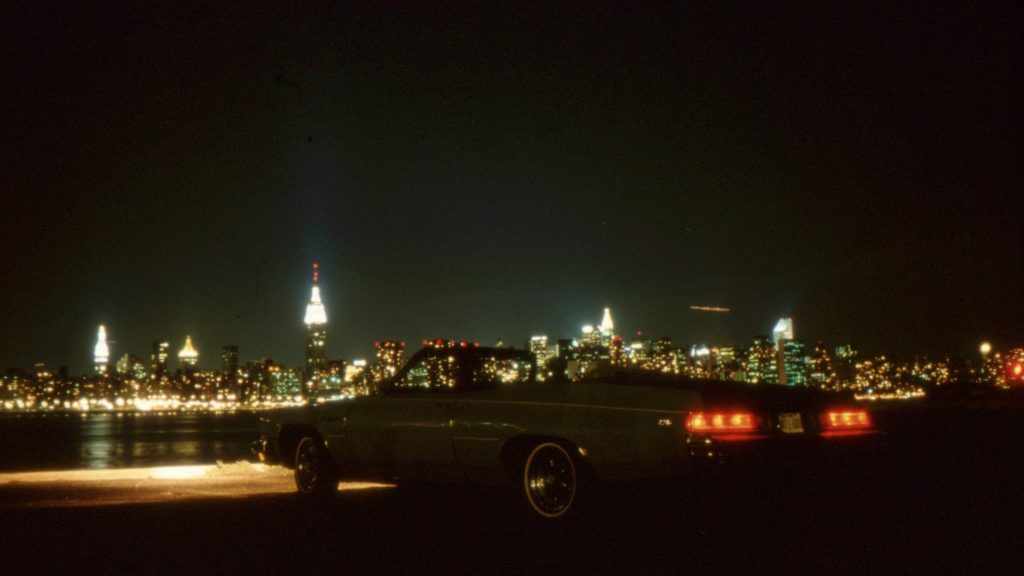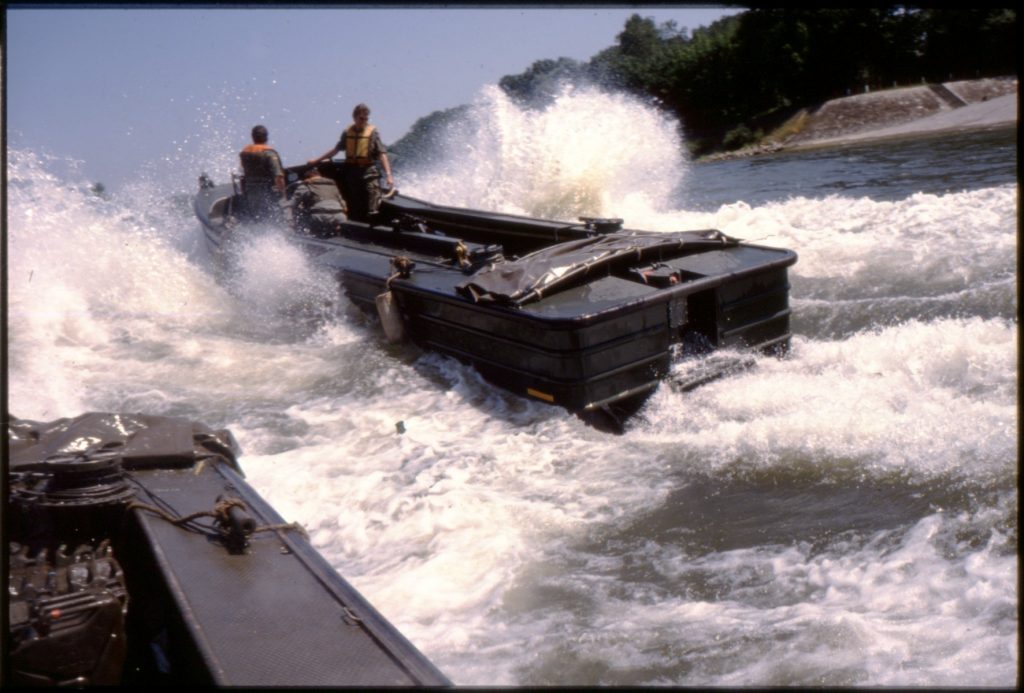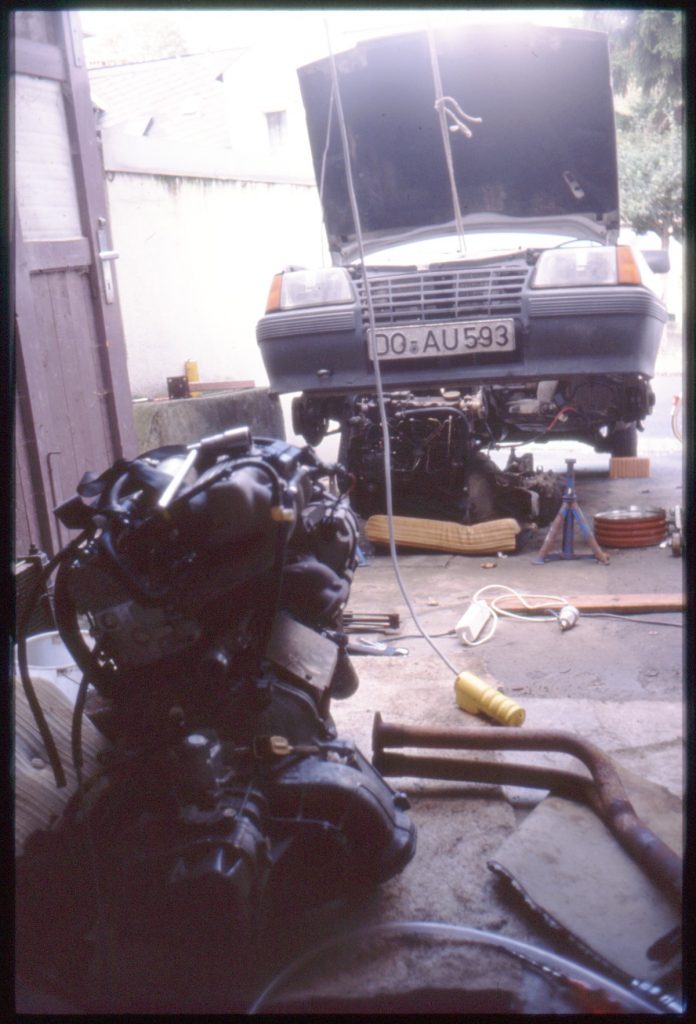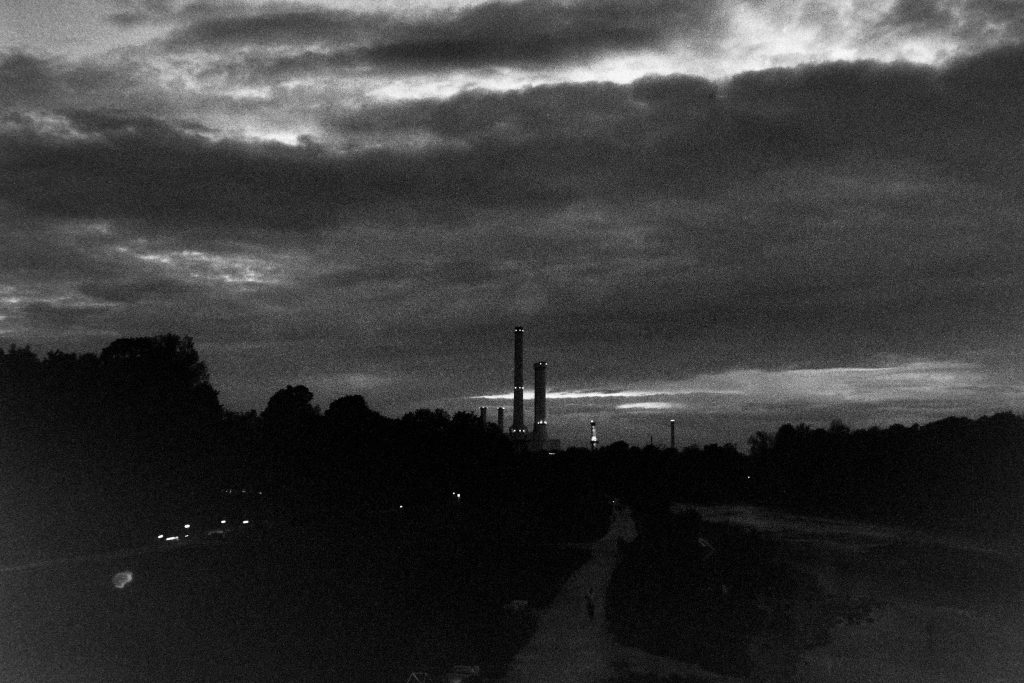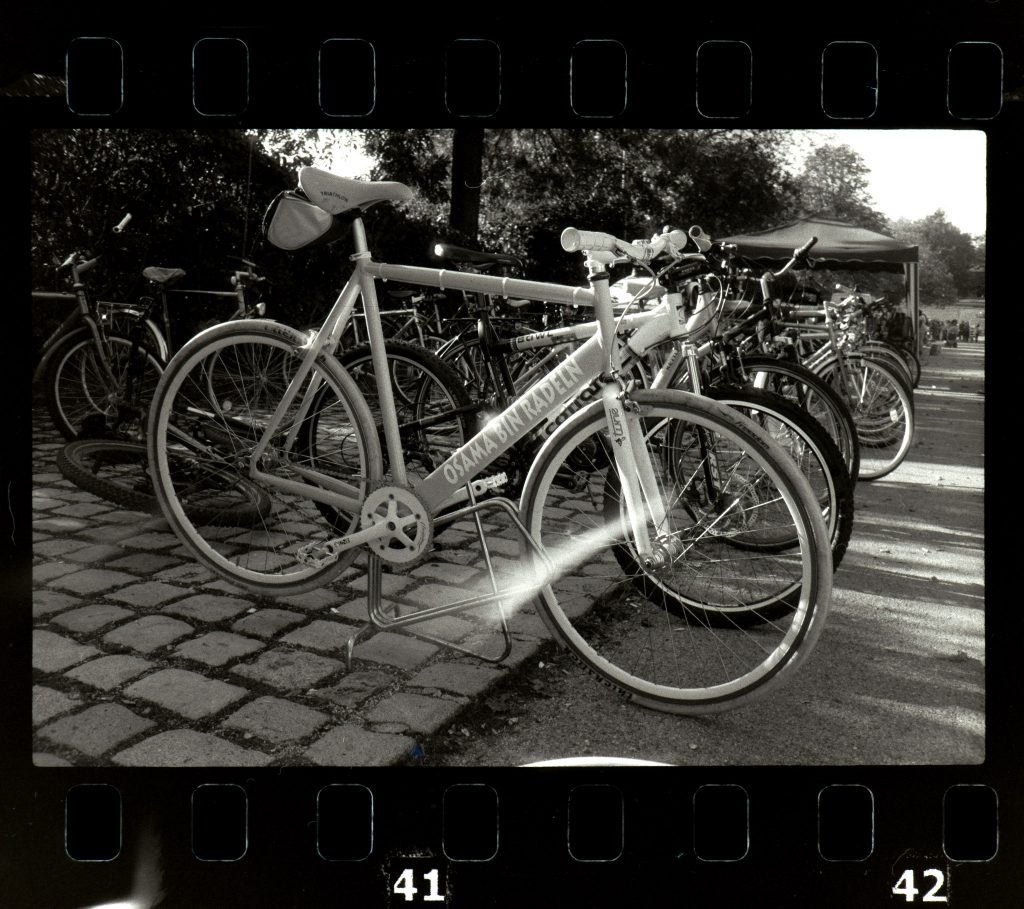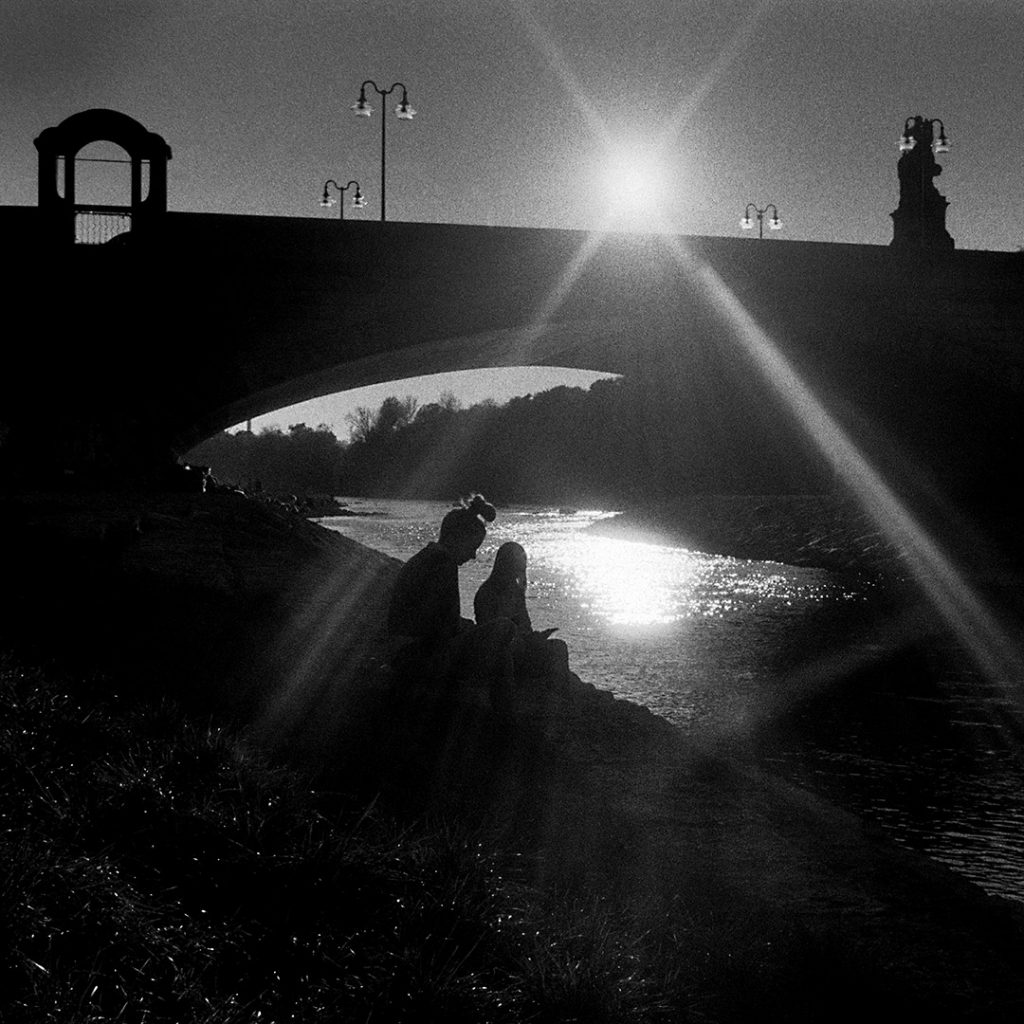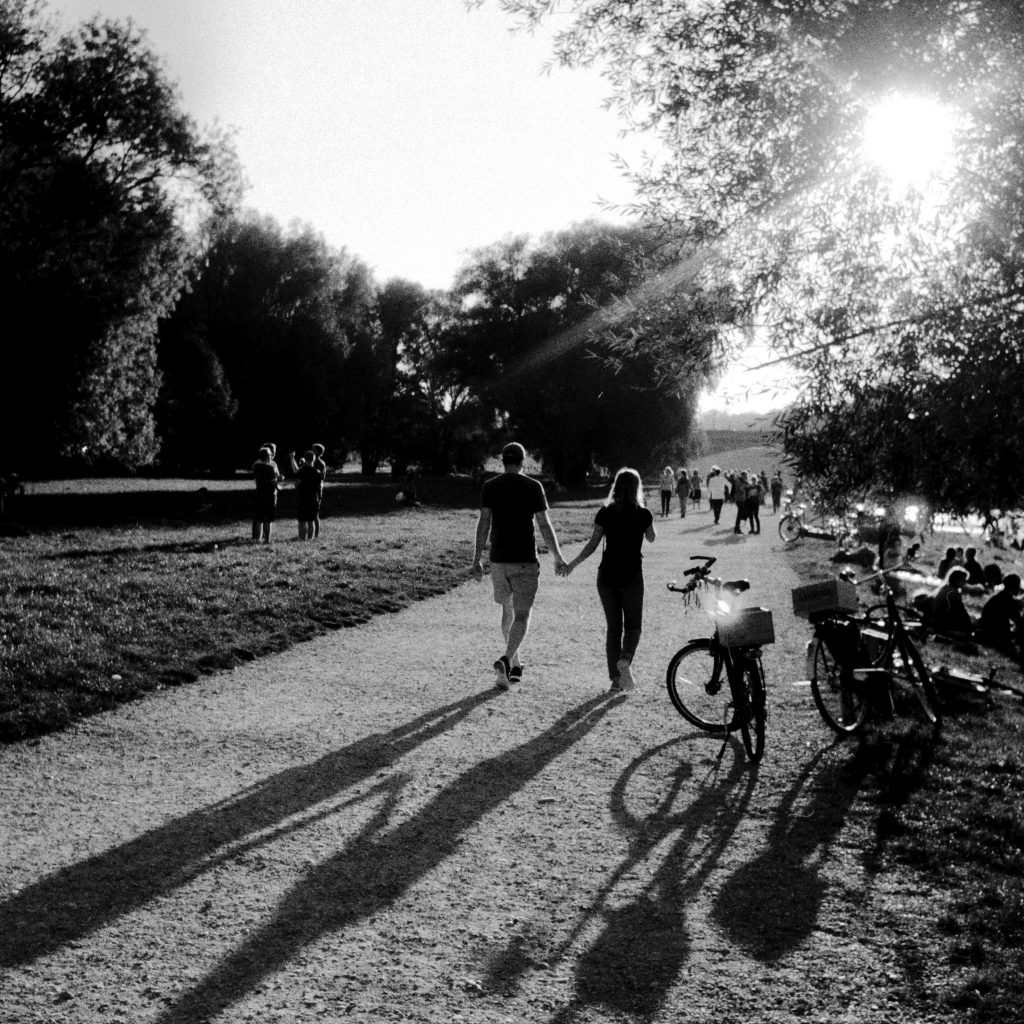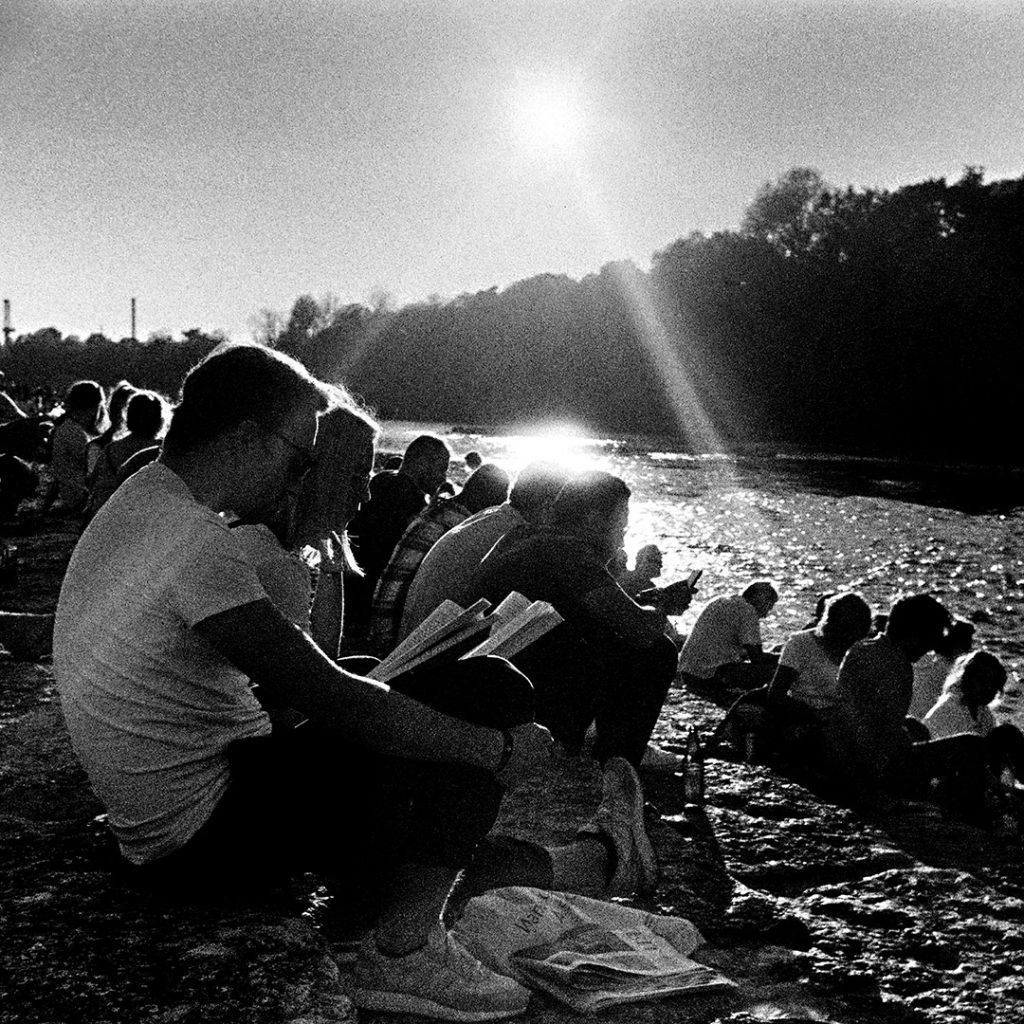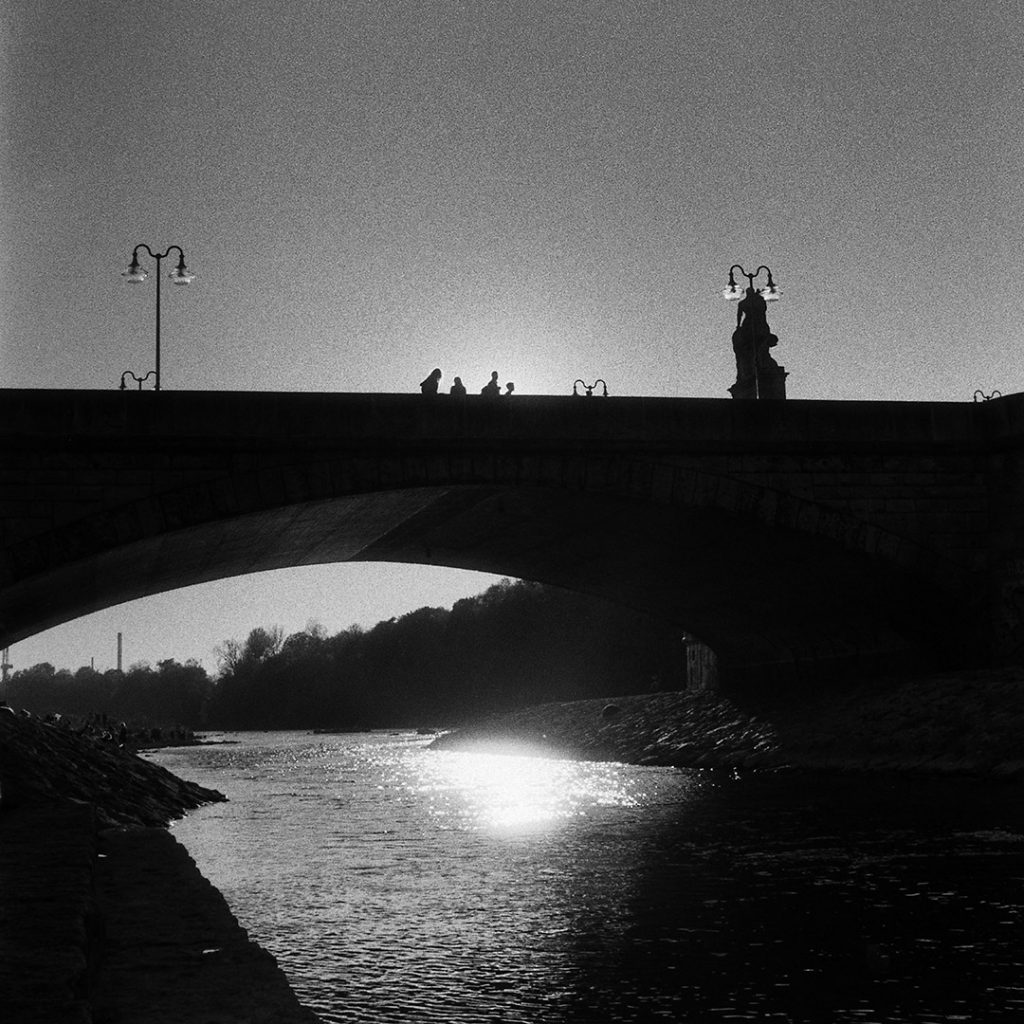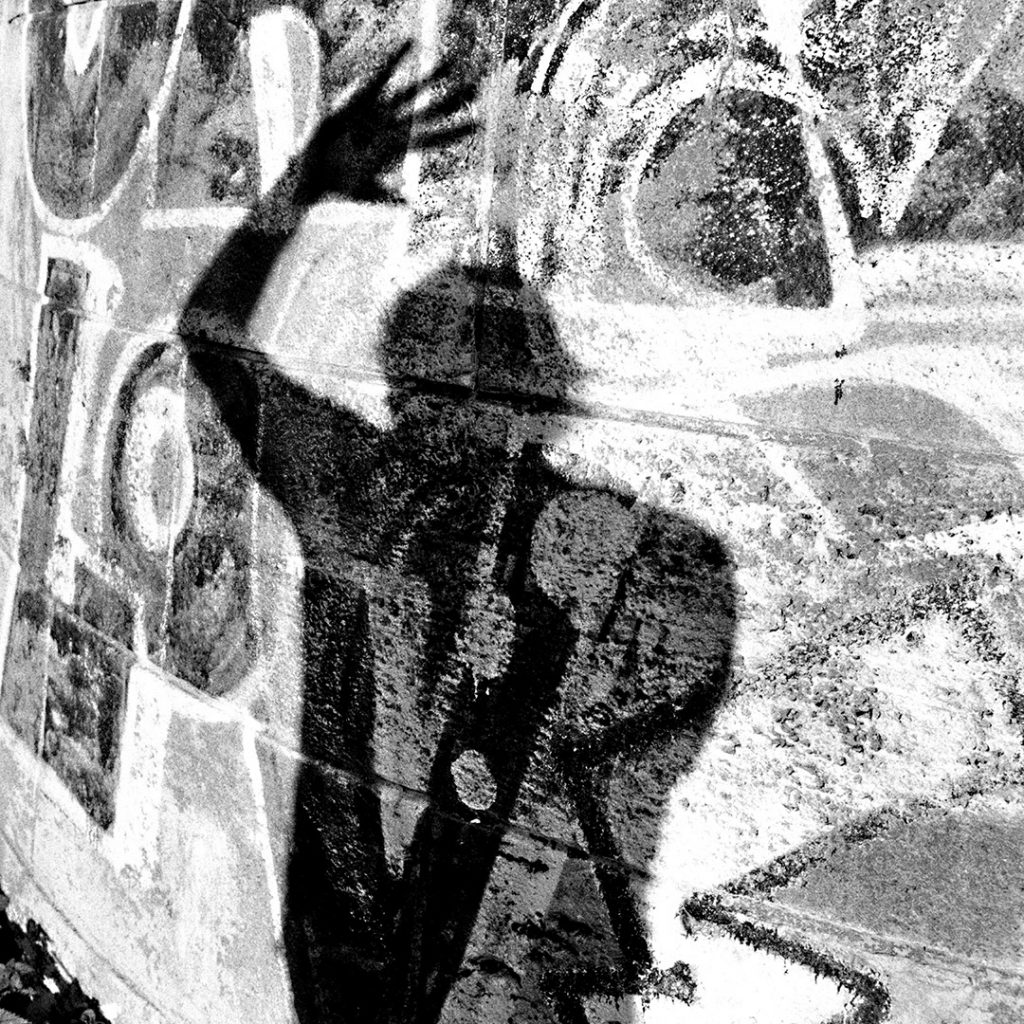In my opinion the Minox 35 is one of the most remarkable cameras ever made. I bought mine 2nd hand when I was 18 and it is the main reason why I have photos of things that happened 30 years ago. I had that Minox repaired a few months ago and love to use it ever since.
I thought a Minox 35 would make a great present but it took a while to find a few nice ones: Ronaish got a GT, Anton an ML and you got an EL, the first and most basic version built from ’74 to ’79.
I found the GT for Ronaish on a flea market, I was lucky. Anton’s ML I bought broken and had it repaired by Mr. Wiener:
Your EL was also luck. I bought a “mixed lot” of Minox stuff on ebay because I wanted the leather cases (even they were “Made in Germany”) and the EL in the lot was a bit scratched but appeared to work perfectly.
They all have in common that they are the smallest cameras in the world to use the 35mm film (with the exception of a very rare Minolta launched only in 1996) and that they have a very good lens.
Image Quality
At f-stops of 5.6 to 11 the Minox will give you an image quality that is 100% the same as any rangefinder Leica or any Nikon SLR, no matter how much they cost. Some people have even adapted the Minotar to full format DSLRs. It looks funny but it works well, have a look: https://www.sonyalpharumors.com/size-matters-a-tribute-to-the-sony-a7-and-minotar-35mm/
At f/2.8 you will get slightly soft corners and some vignetting. I see this as a feature, not as a bug. Don’t worry about overexposing negative film when you use it, on any film a 2 stop overexposure will still look fine, just a bit different.
Will it work?
I have tested your EL as well as I could without shooting a film. The shutter works and the exposure time is in line with what I measure with my digital.
Using the Minox 35
Owner’s Manual
An English manual for the Minox 35 EL is available here: http://www.submin.com/35mm/manuals/minox/el_7705e.htm
You can get a PDF of the manual for the “GL” from Minox. The main difference between the “EL” and the “GL” is a backlight (GegenLicht) switch on the GL that doubles the exposure time. You can do the same by temporarily setting the ISO dial to half the ISO of your film, e.g. from 400 to 200.
https://www.minox.com/index.php?id=1156&L=&file=fileadmin%2Fdownloads%2Fbedienungsanleitungen%2F35mm%2FMinox_35_GL_lang_e.pdf
Exposure
There is a dial for ISO at the bottom of the camera. You have to set it to the ISO of the film manually.
The Minox has aperture priority automatic exposure. You select the aperture on the lens and the needle shows you the exposure time. At the extreme ends is over and under exposure. 1/60s or faster should be fine, if you have a calm hand 1/30s is no problem.
Focusing
The Minox does not help you at all here. You have to estimate the distance and adjust the lens accordingly. However this is not as bad as it sounds:
Landscape Photography
Obviously, keep it at infinite.
Street Photography
The Minox is awesome for street photography. It looks like a toy, the shutter is extremely quiet and nobody takes it seriously. It is also a great conversation piece if you talk to strangers before taking a photo.
You need to apply a technique called “Zone Focusing”. On the focusing dial there are marks for various f-stops that show you which distance range will be in focus. If you use an ISO 400 film you will probably be able to use f/11 so if you set the focus to 5m everything from 2m to infinite will be in focus. f/8 is a bit tighter, better avoid f/16 as it will be less sharp.
If you zone focus you can “shoot from the hip” if you want. At f/11 all from 2m to infinite is in focus, no risk of an autofocus to fuck things up.
Film
Which Film?
I assume you will shoot B/W. Color negative film is really interesting but I have not mastered it yet and cannot give advice. However, shooting color negative film is very cheap in Germany, no idea about Italy.
Color
A 3-pack of 36-exposure Kodak Gold 200 (which is quite awesome) is just € 7.95. Developing a color film at Rossman is € 0.95 and each print is € 0.05 so I pay less than 3€ for development and 36 prints.
Black & White
I have shot about 10 different B/W films in the last few months. None of them was Ilford as I never liked Ilford back then. One film stands out: the Kodak 400TX.
Back in the days of film I loved the Kodak Tmax films. They are still the best. But they are so good they look almost like digital. Now I want beautiful grain and the 400TX is totally outstanding in that. 400TX in my Olympus OM:
If i want a very “retro” look I just use a crappy film like a Czech Fomapan 400 (see photos below) or Retropan 320.
Developing
Having B&W film developed costs a bit more than color film but I do it all myself anyway. It only takes about 50€ of equipment and about 30 minutes per film. No “darkroom” required, really easy to do.
Scanning
There is a thousand different solutions to that. I want to squeeze out all I can from my negatives so I take 50MPx scans using a macro lens and the OM-D. If you are leaning towards Instagram compatible quality a 50€ negative and slide scanner will do. A nice side effect is that you can rediscover your stuff from decades ago.
Why?
From my point of view: I work a lot with film now and it has definitely improved every part of my photographic work. I like creating a physical picture. I like the old technology. I like the suspense. I like driving an E-Type while a 2018 Golf GTI is on all accounts the “better” and faster car.
Examples
Shot with the same Minox 35 ML over a period of 30 years. Colour is old, B&W is new.
